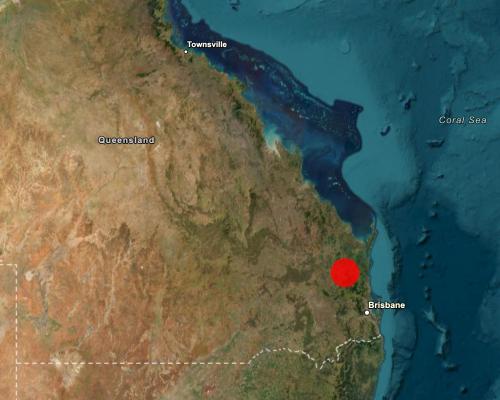
The Productivity Commission has revealed an ambitious plan to slash the income tax rate to 20% for all but the very largest Australian companies.
By itself, that’s a big idea.
For businesses earning between $50m and $1bn a year, their rate would drop by 10 percentage points, while the corporate minnows would get a 5 percentage point cut.
The recommendations were part of the first of five PC reports on boosting the country’s flagging productivity, with this first paper aimed at lifting investment and business dynamism.
So far, so good for the vast bulk of corporate Australia.
But there was a sting in the tail for the big end of town: not only would they miss out on any tax cut, all companies would pay a new 5% “net cashflow” tax.
If you’ve never heard of such a tax, there’s a good reason: it would be a world first.
How would the tax cut work?
As the name suggests, the new tax will be applied purely to cash, rather than broader accounting, profits. Interest payments aren’t allowed to be deducted, either.
A key element is that businesses will be able to immediately deduct all of their new capital expenditure.
In comparison, firms under the company income tax system are only able to progressively deduct a proportion of the investment over a number of years.
Essentially, the cashflow tax embeds instant and complete write-offs for new investment, and the PC reckons this feature, combined with the 5-10 percentage point reduction in the headline income tax rate, will help drive more investment among the bulk of Australian firms.
The biggest 500 companies are up for paying more tax overall as they are receiving no offsetting reduction in company tax, although the PC points out that they can reduce the extra burden by investing more.
(The fact that there would be two separate company tax rates is a major drawback of the proposal, as it would make the whole system more complicated.)
Ross Garnaut in a 2020 paper proposed a cashflow tax, and has argued it would be “congenial” to new businesses which are trying to innovate and invest, but may not have the secure future income against which they can deduct the upfront cost of that spending.
Against that is exhaustive research by the ANU’s Tax and Transfer Policy Institute, published in January, which found seven different investment tax breaks between the GFC and 2022 did not generate more investment by small and medium enterprises.
How would this affect big business?
The fact businesses cannot deduct financing costs means companies like coalminer Adani would not be able to avoid paying virtually any tax by claiming huge deductions against their taxable income for interest payments on loans from associated parties.
And there are other ways a cashflow tax limits the ability of large companies to avoid paying their fair share.
The massive gas exporters, for example, would have been able to immediately deduct their huge initial investments against the cashflow tax, and uplift the losses over time by a set amount.
But there would have been no space for the sweetheart deals with the government on deductions and which led to years of massive super profits, but very little tax for Australians.
Are there any other benefits of the cashflow tax model?
There’s a broader attraction from a cashflow tax.
By deducting investments upfront and in full, the cashflow tax does a better job at taxing the rolling profits from companies’ existing land and capital – the profits beyond the cost of the initial investments.
Garnaut has called a cashflow tax “a tax on economic rent”, which is another word for super profits beyond the return required to do business.
Businesses can earn these super profits for a variety of reasons – a persistent lack of competition, or the ownership of natural resources that other companies aren’t able to access.
Corporate Australia is absolutely rife with such companies, from supermarkets, to banks, to miners.
The PC’s report suggests that economic rents account for 54% of the company income tax base. And that’s up a long way from the estimated 41% in 2018.
Economists and tax experts like the idea of taxing these rents because, in theory, the company is earning more than enough to justify its investments and presence in the market, so the extra tax shouldn’t affect their decision of whether or not to invest and produce.
This is especially true when the profits are linked to land, which makes moving the business impossible – again, think of natural resources.
As the PC in its report says, “there is a policy judgement to be made about trade-offs, and whether the returns from the limited competition should be predominantly enjoyed by the owners of the company or whether some of these returns should be returned to the broader community through increased taxation”.
“In the context of taxation, this is as much a question of equity as it is one of efficiency.”
So when does it start?
Probably not any time soon.
There are many wrinkles to sort out before the final recommendation is made at the end of the year – not least that the big banks will escape paying the cashflow tax in its current form!
Longer term, though, the PC’s ambition is that the cashflow tax would be increased, which would allow the existing, less efficient company income tax rate to fall.
But that’s a long way away. Not least because the hurdle to get this bold plan over the line in the first place looks very high.
Business lobby groups hate the PC’s proposal, while the accountants body CPA Australia is also critical of introducing two separate company taxes.
Bob Breunig, a leading tax expert at the ANU, says a better option would have been to propose a resources rent tax, offset by a lower corporate income tax rate for all businesses.





